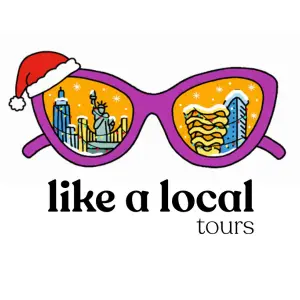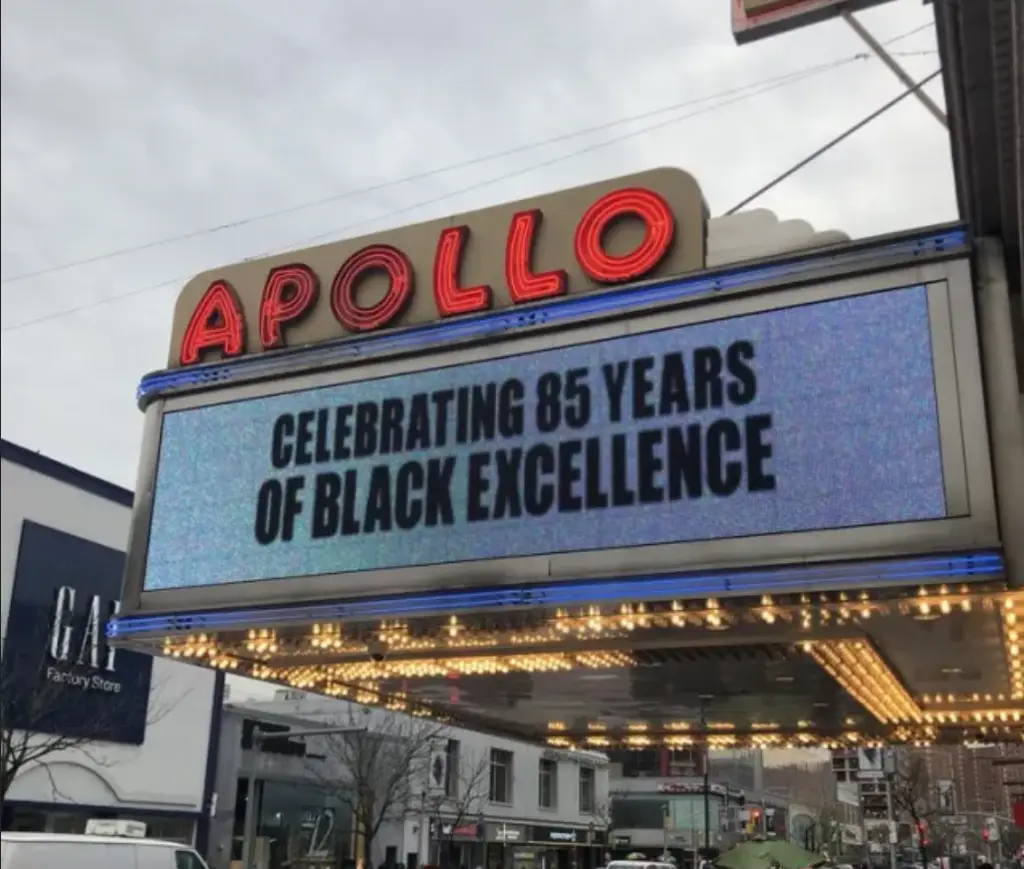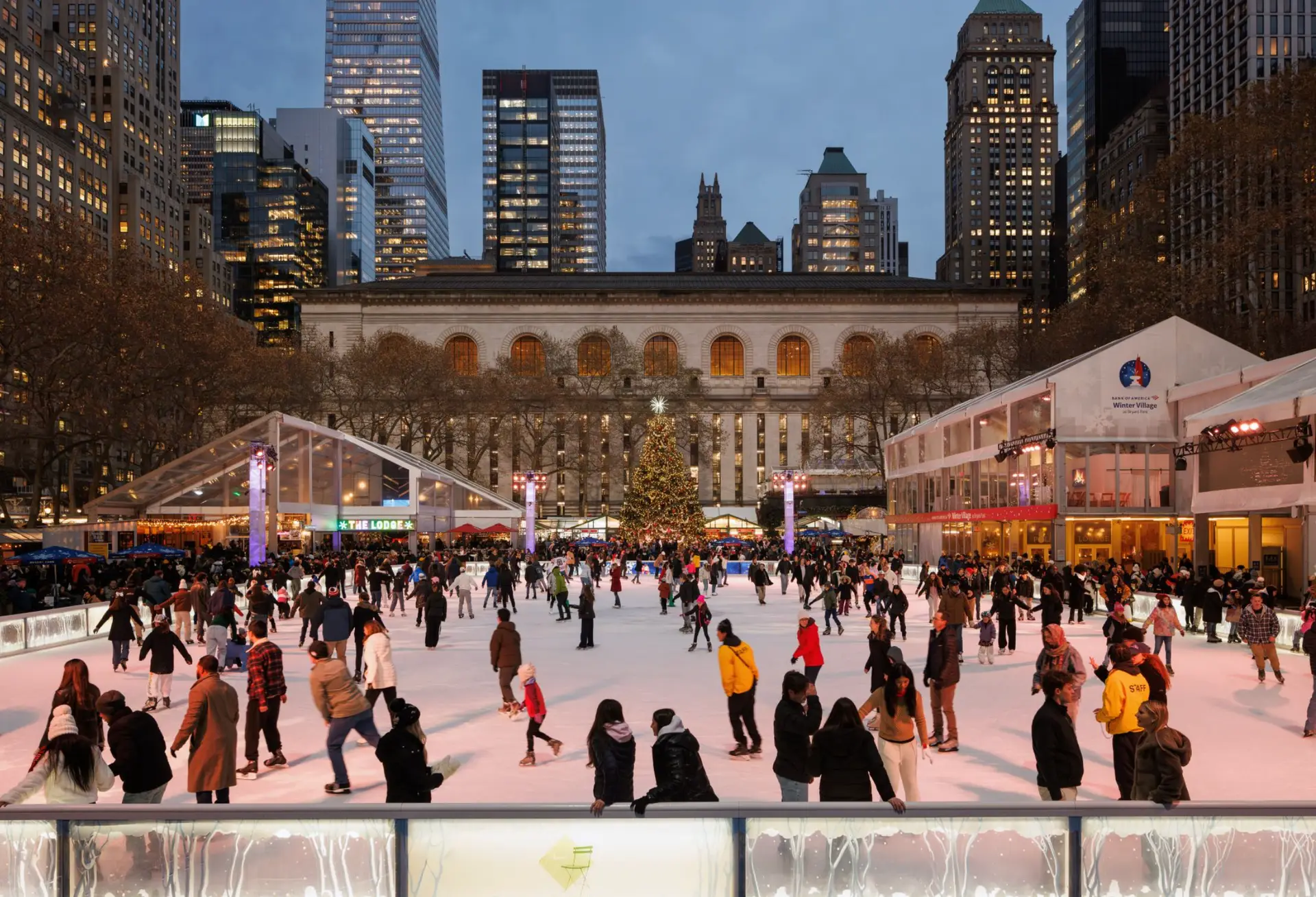As February unfolds its wintry embrace, New York City dons another coat, one woven with the threads of history, culture, and resilience. In honor of Black History Month, let’s embark on a fascinating journey through the diverse neighborhoods of Manhattan and Brooklyn, where echoes of the past intertwine with the vibrancy of the present.

Harlem: Where the Spirit of the Renaissance Lives On
Our first stop takes us uptown to Harlem, a neighborhood synonymous with African American culture and heritage. Stepping onto the bustling streets of 125th Street, one can almost feel the pulse of history beneath their feet.
Harlem’s significance in Black history is palpable at every turn. From the hallowed halls of the Schomburg Center for Research in Black Culture to the iconic Apollo Theater, where legends like Billie Holiday and Duke Ellington once graced the stage, the neighborhood is a living testament to the resilience and creativity of the African American community.
As we wander through the tree-lined streets, we encounter landmarks like the Abyssinian Baptist Church, a beacon of faith and social justice since its founding in 1808, and the elegant brownstones of Striver’s Row, where luminaries like Langston Hughes and Zora Neale Hurston once called home.
Harlem: A Sacred Beacon in Black History’s Tapestry
Nestled in the northern reaches of Manhattan, Harlem stands as a sacred beacon in the tapestry of Black history. From its humble beginnings as a Dutch village to its emergence as a cultural mecca during the Harlem Renaissance and beyond, this vibrant neighborhood has been a crucible of creativity, resilience, and resistance for generations of African Americans. Let’s dive deeper into the significance of Harlem in the annals of Black history, tracing its evolution from a haven for freed slaves to a global symbol of black pride and empowerment.
A Sanctuary of Freedom
Harlem’s roots as a haven for African Americans date back to the 17th century when it served as a refuge for freed slaves seeking sanctuary from the horrors of bondage. In the decades that followed, waves of black migrants from the South flocked to Harlem in search of opportunity and freedom, transforming it into a thriving cultural enclave.
The Harlem Renaissance: A Cultural Awakening
The 1920s marked a golden age for Harlem, as a flowering of African American art, literature, and music swept through its streets. The Harlem Renaissance, as it came to be known, saw the emergence of literary luminaries like Langston Hughes, Zora Neale Hurston, and Claude McKay, whose works celebrated the beauty and resilience of black life.
Meanwhile, jazz legends like Duke Ellington, Louis Armstrong, and Billie Holiday filled the night air with their soulful melodies, turning Harlem’s nightclubs and speakeasies into hallowed halls of music and revelry. The Apollo Theater, opened in 1934, became a cultural epicenter, showcasing the talents of black performers and serving as a launching pad for generations of artists.
Civil Rights and Beyond
Throughout the 20th century, Harlem continued to be a crucible of activism and resistance in the struggle for civil rights. From the campaigns of Marcus Garvey and W.E.B. Du Bois to the grassroots organizing of Malcolm X and the Black Panthers, Harlem’s streets echoed with the voices of those fighting for justice and equality.
Harlem Today
In the decades since, Harlem has undergone dramatic changes, grappling with gentrification, economic inequality, and social upheaval. Yet, amidst the shifting tides of time, its legacy as a symbol of black pride and empowerment endures. Today, as we celebrate Black History Month and reflect on the struggles and triumphs of African Americans throughout history, let us not forget the indelible mark that Harlem has left on the tapestry of Black history. In its streets, we find echoes of resilience, creativity, and the enduring quest for freedom that continue to inspire and uplift us all.



